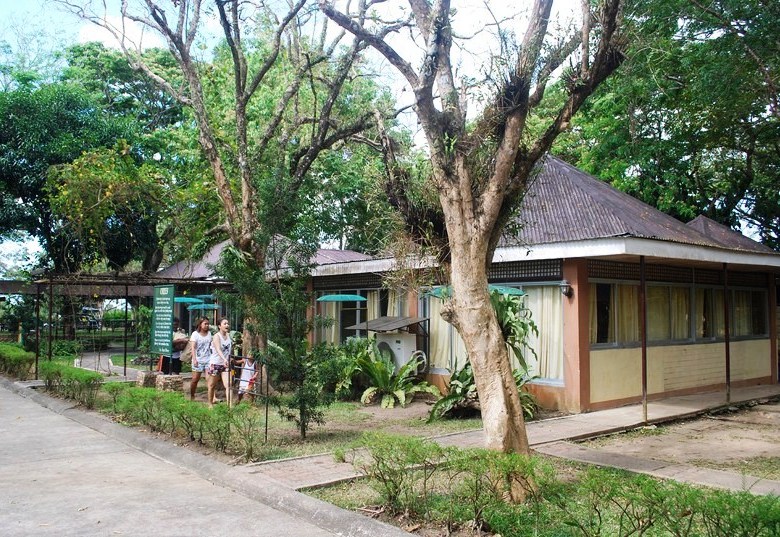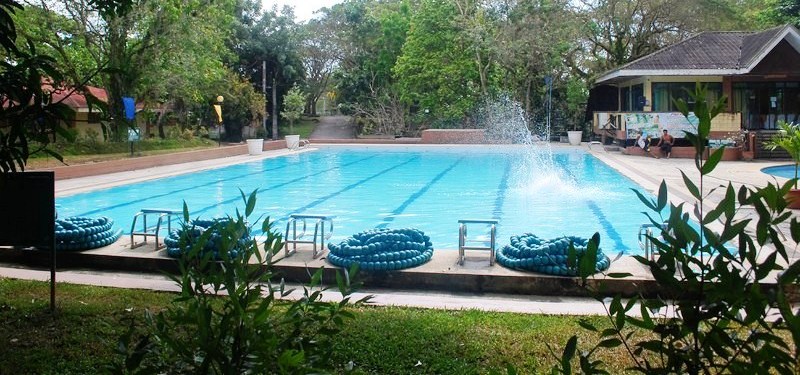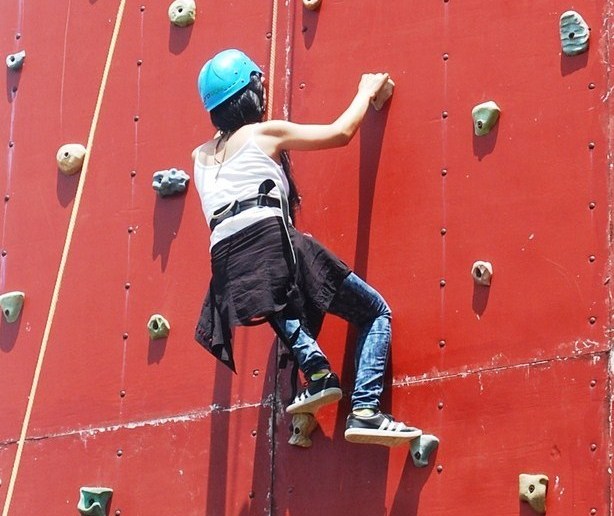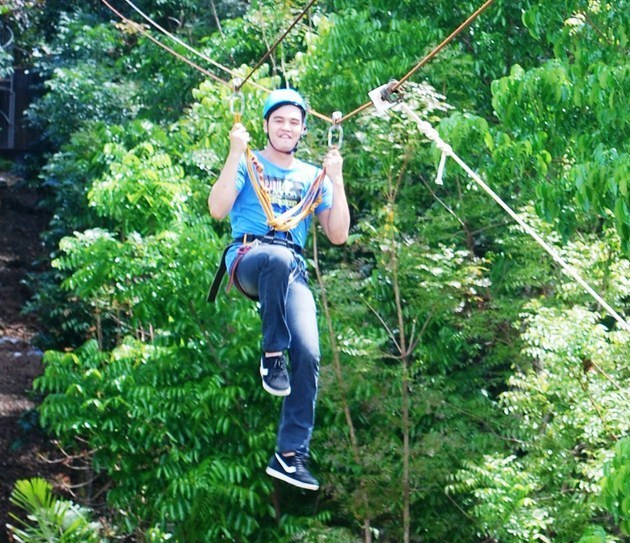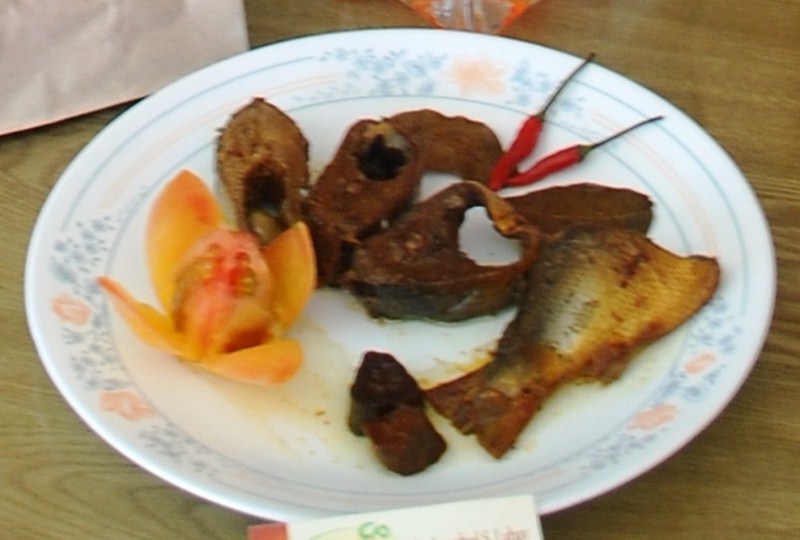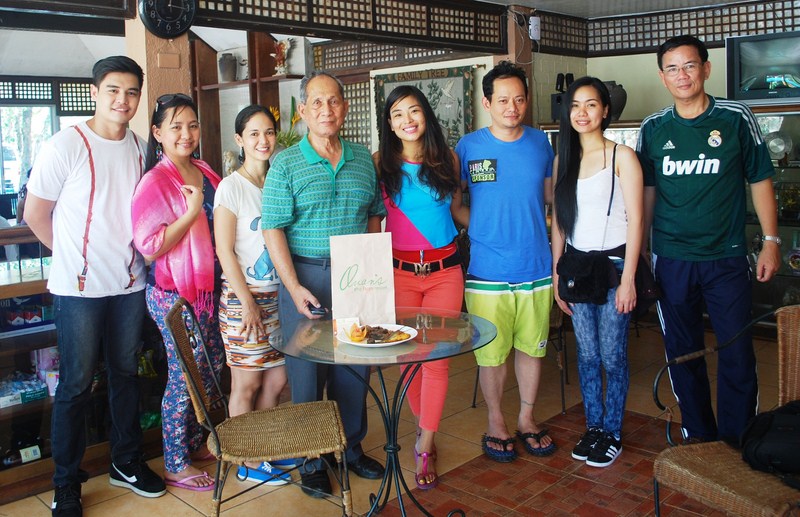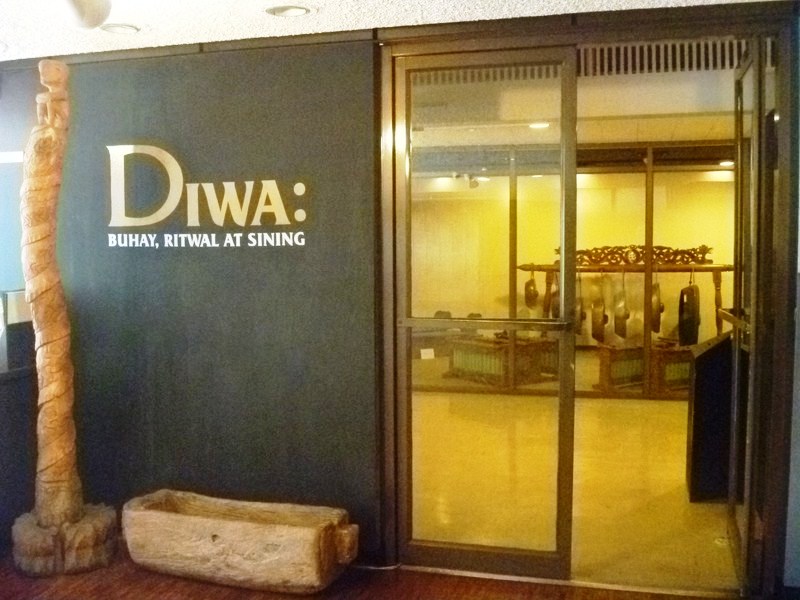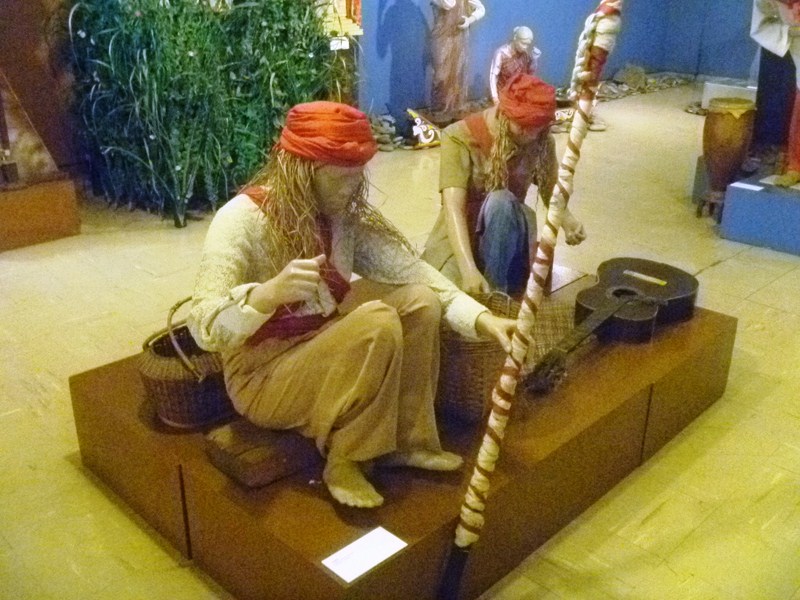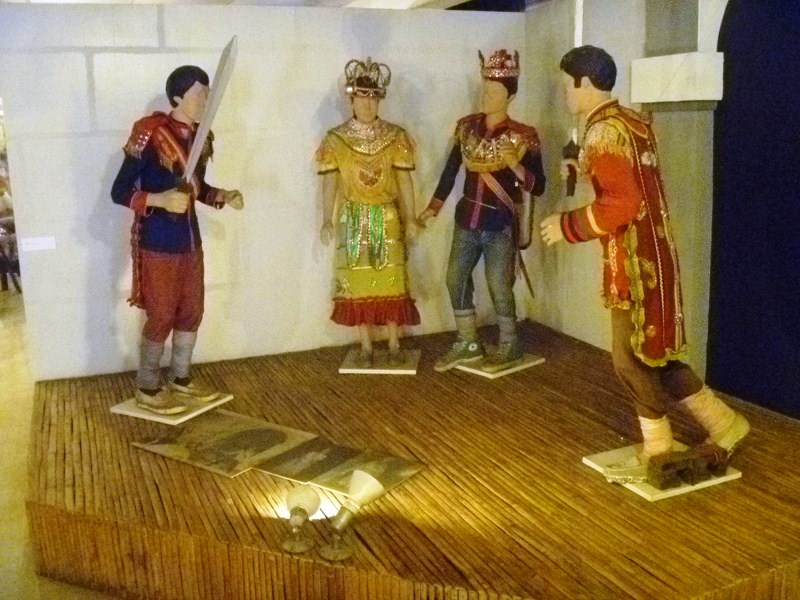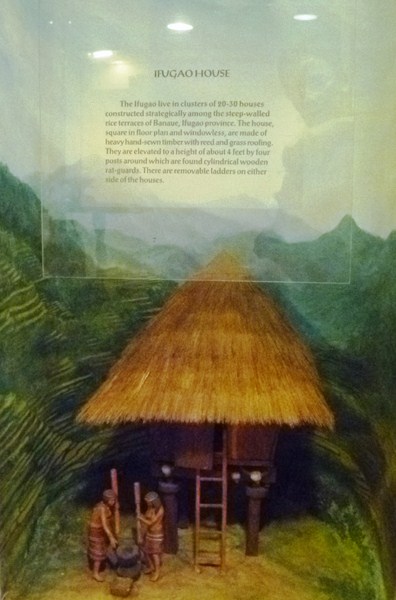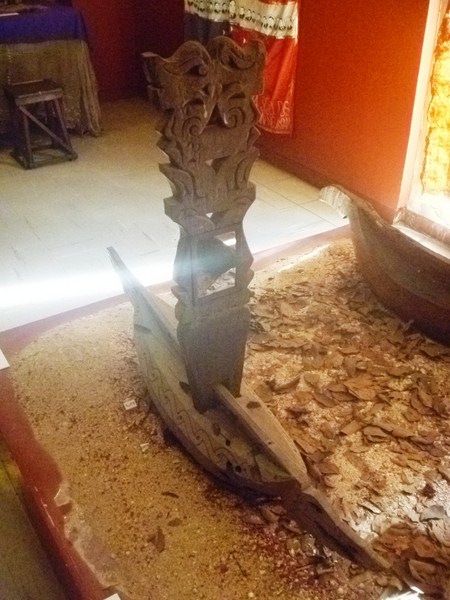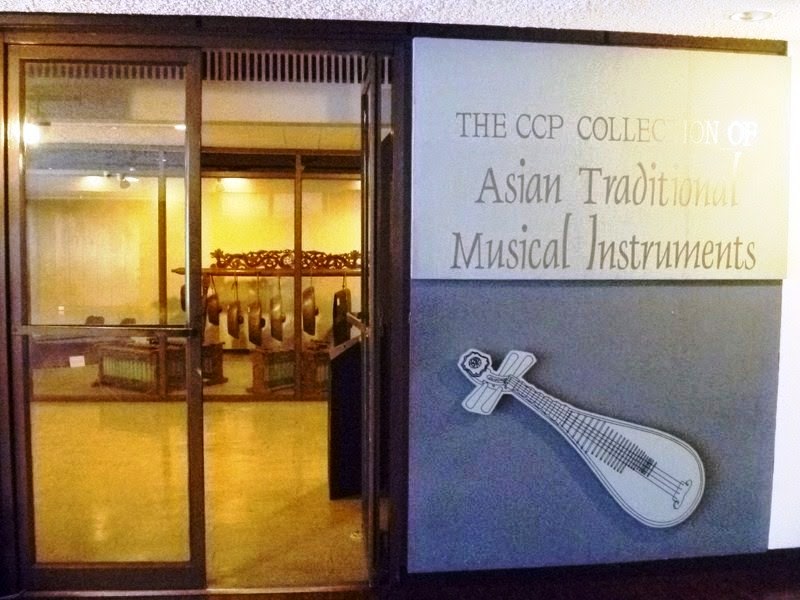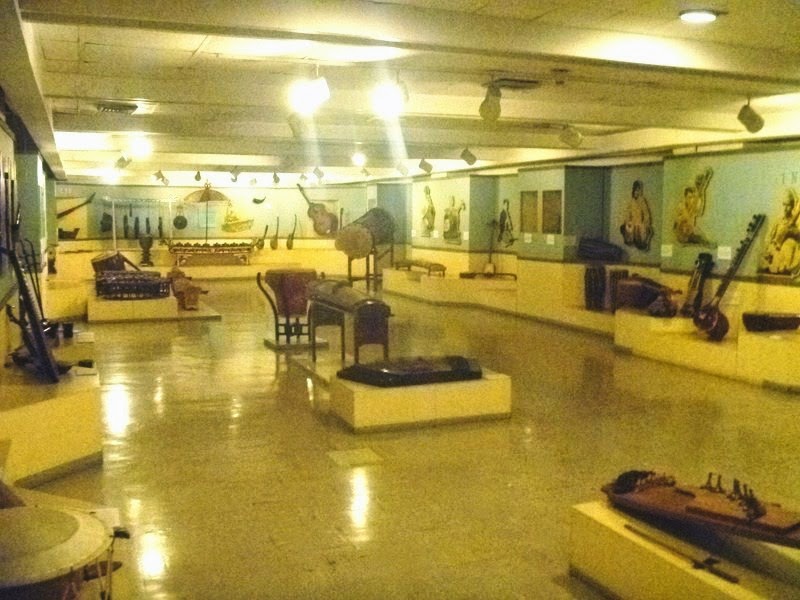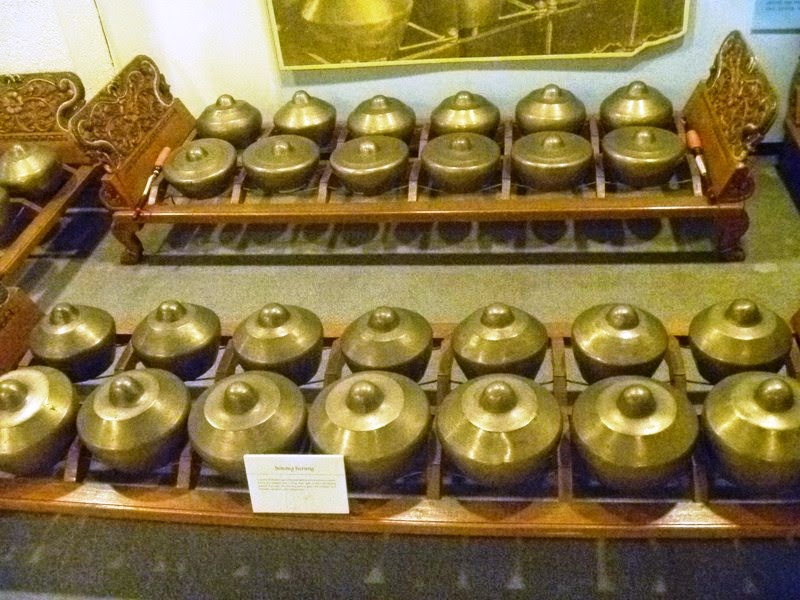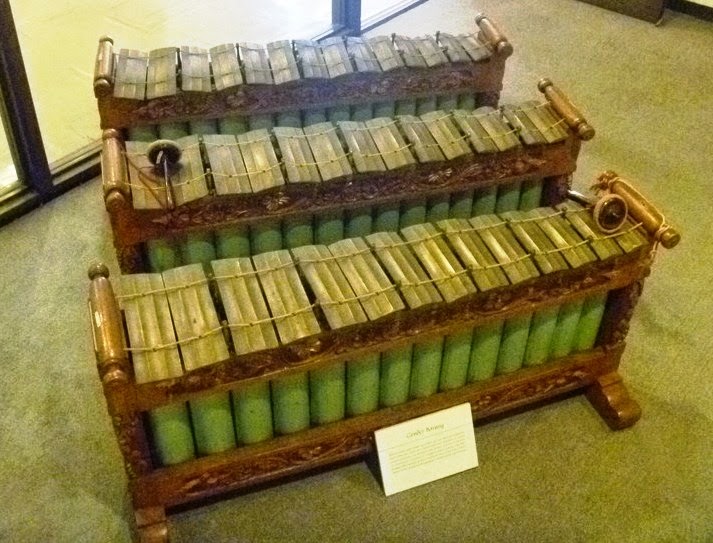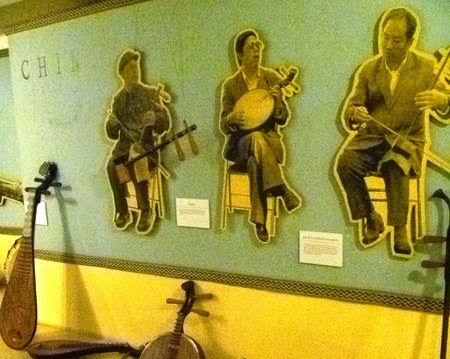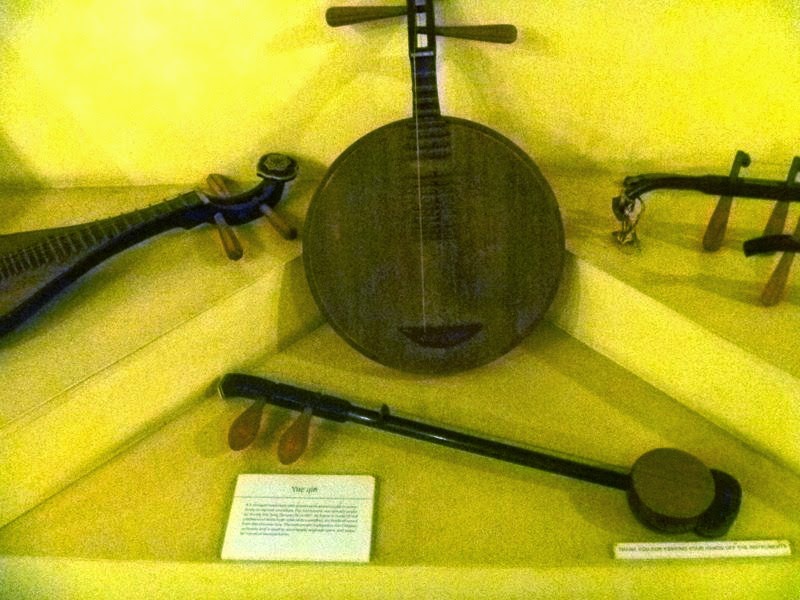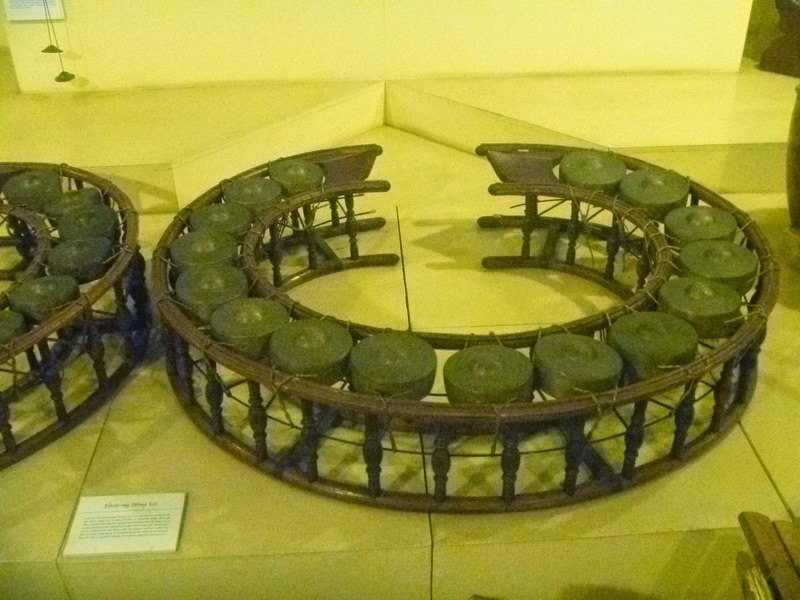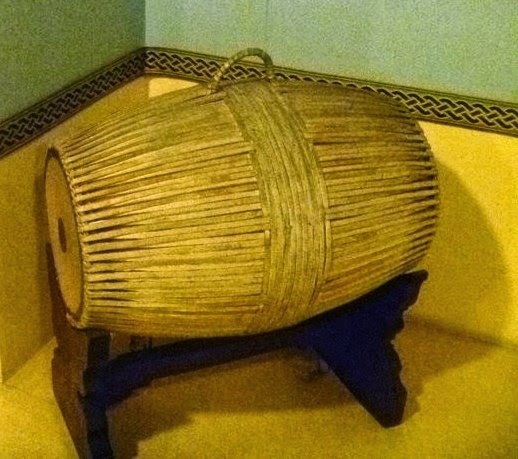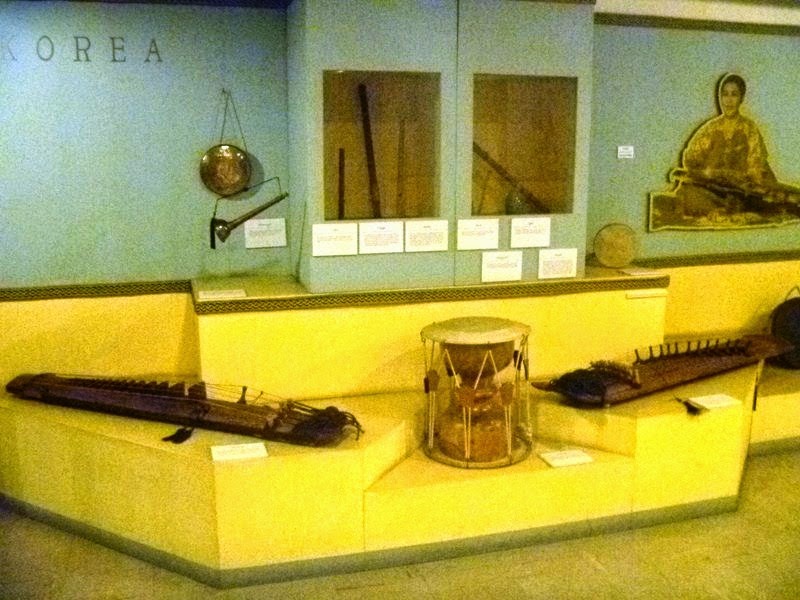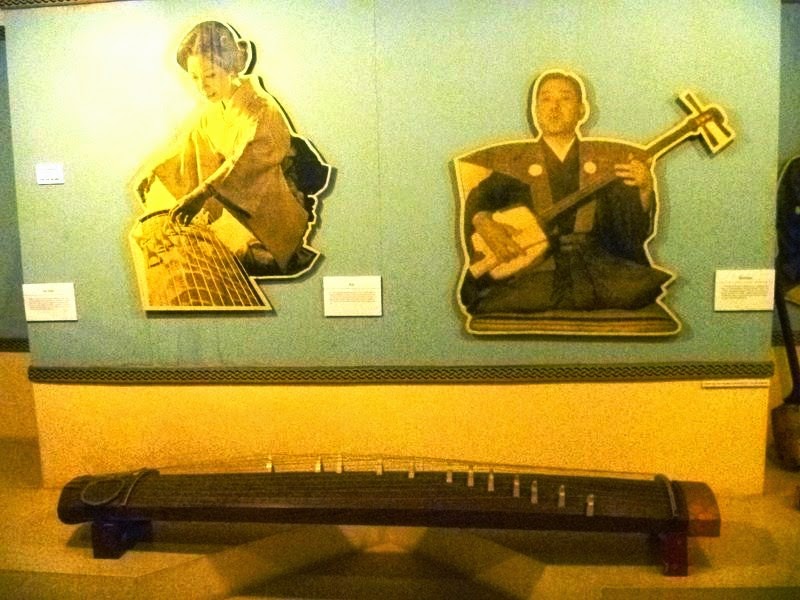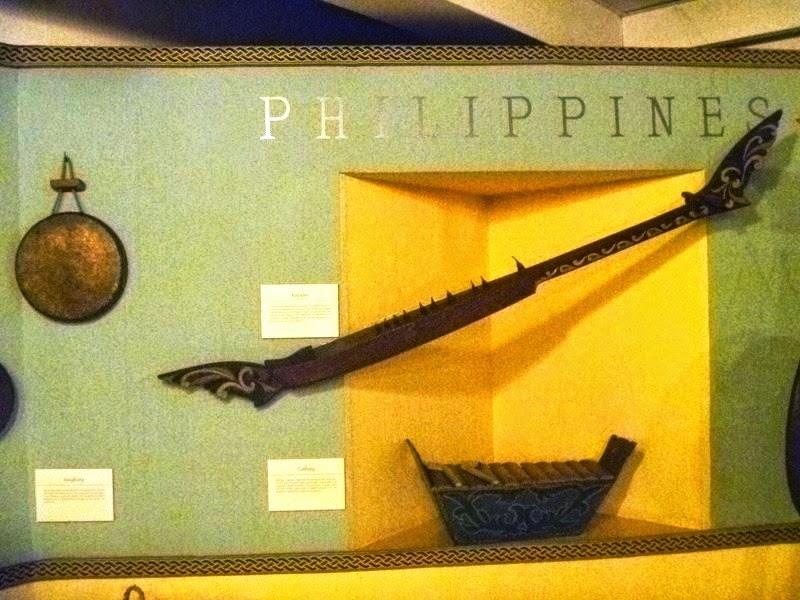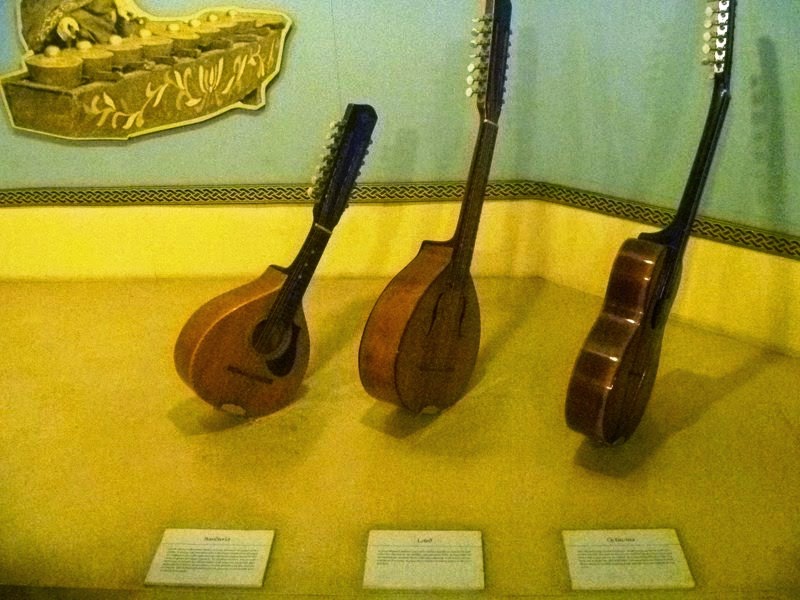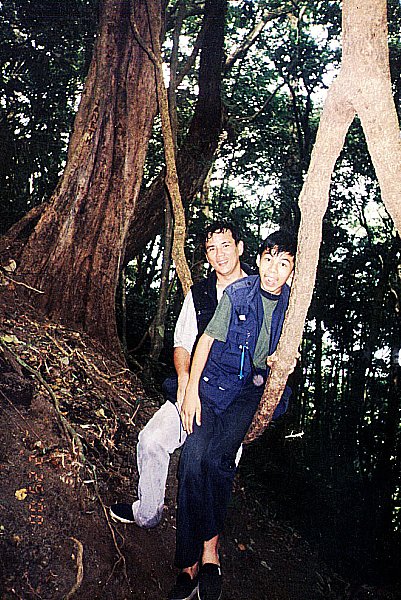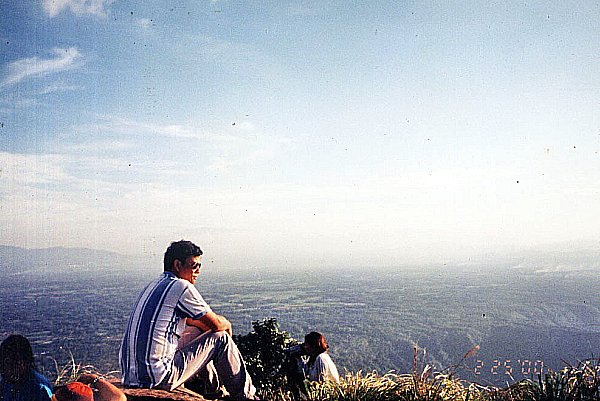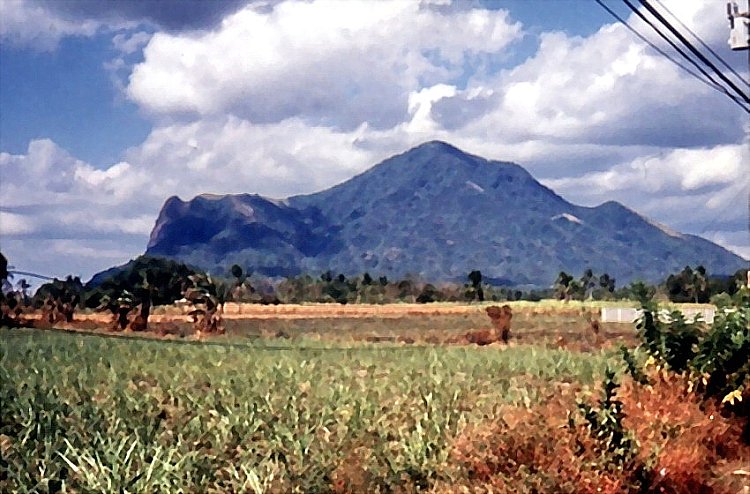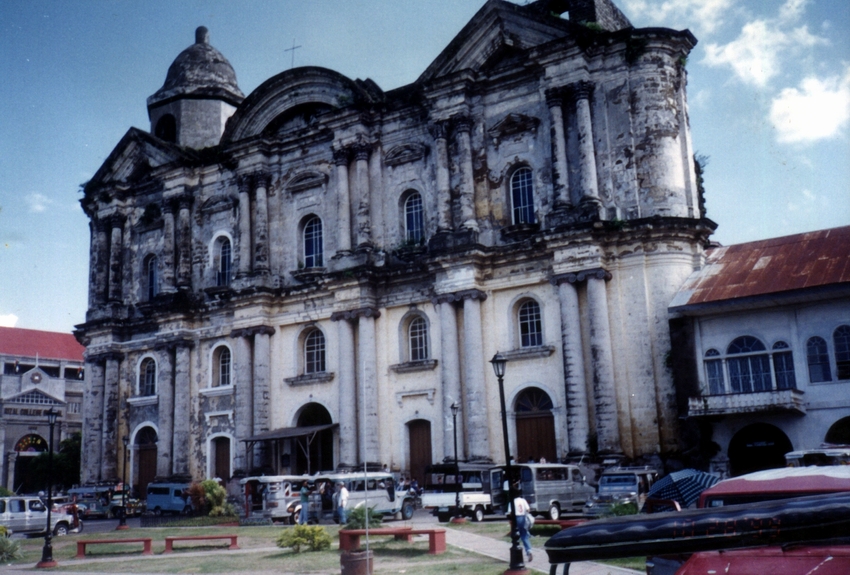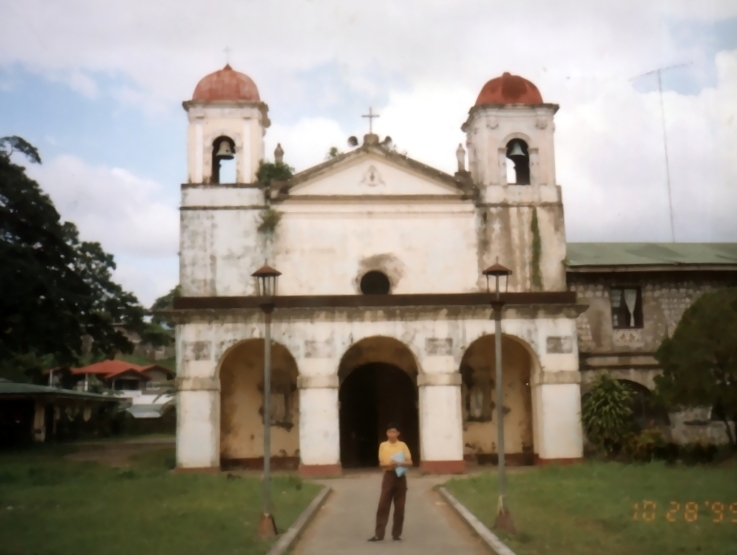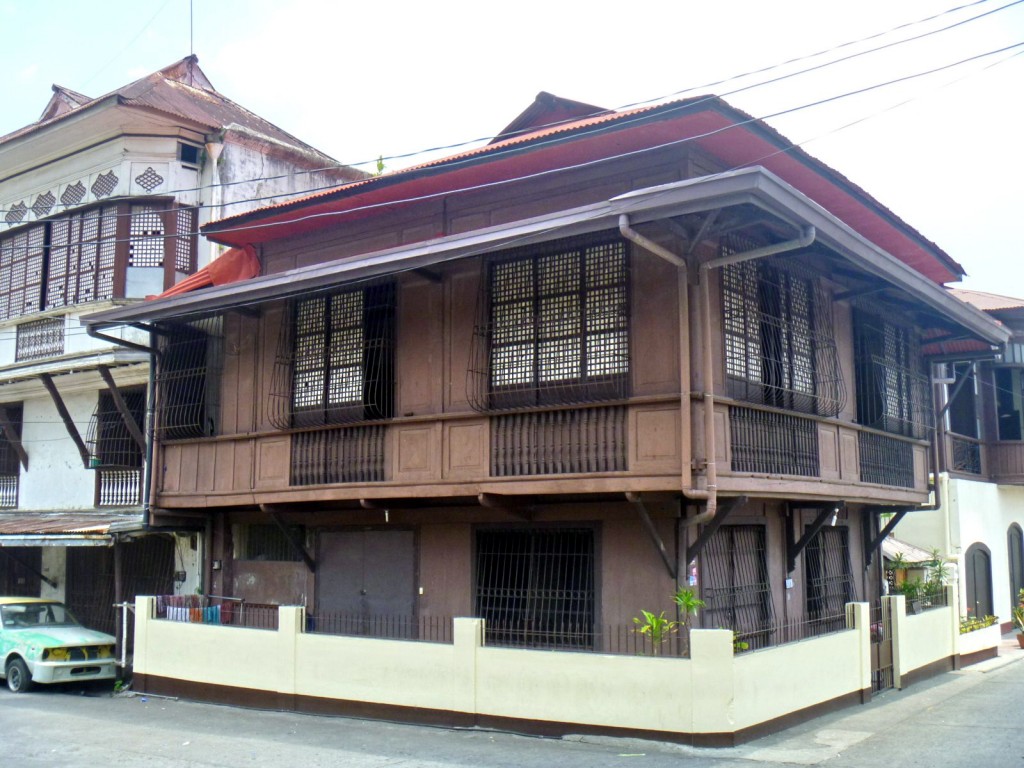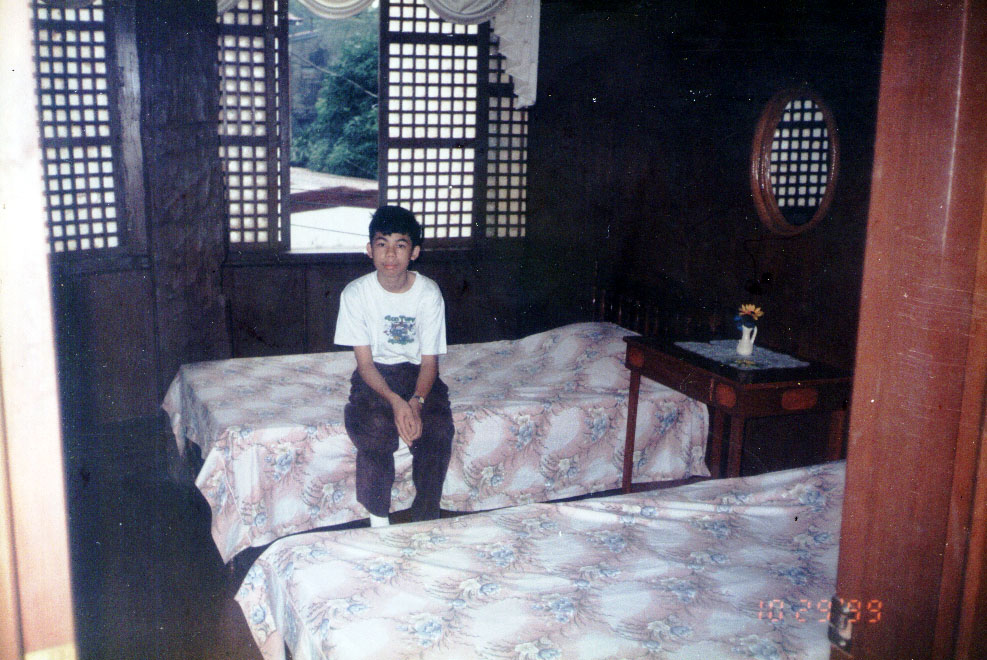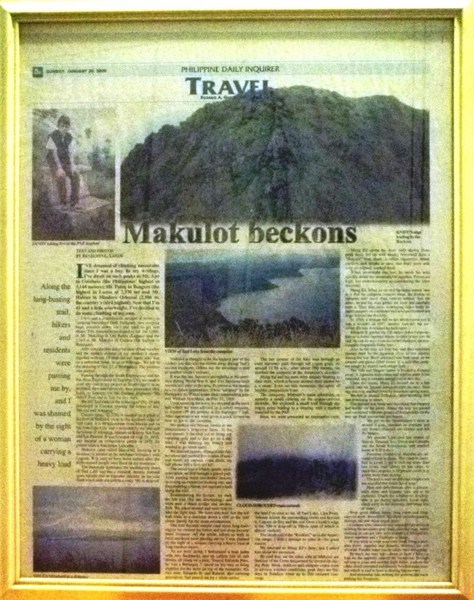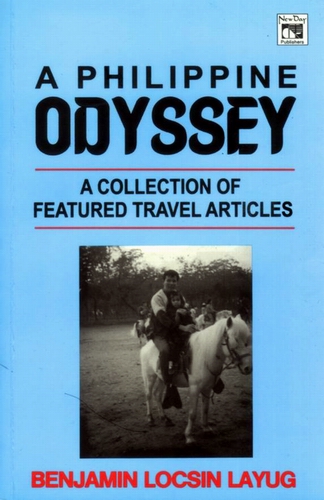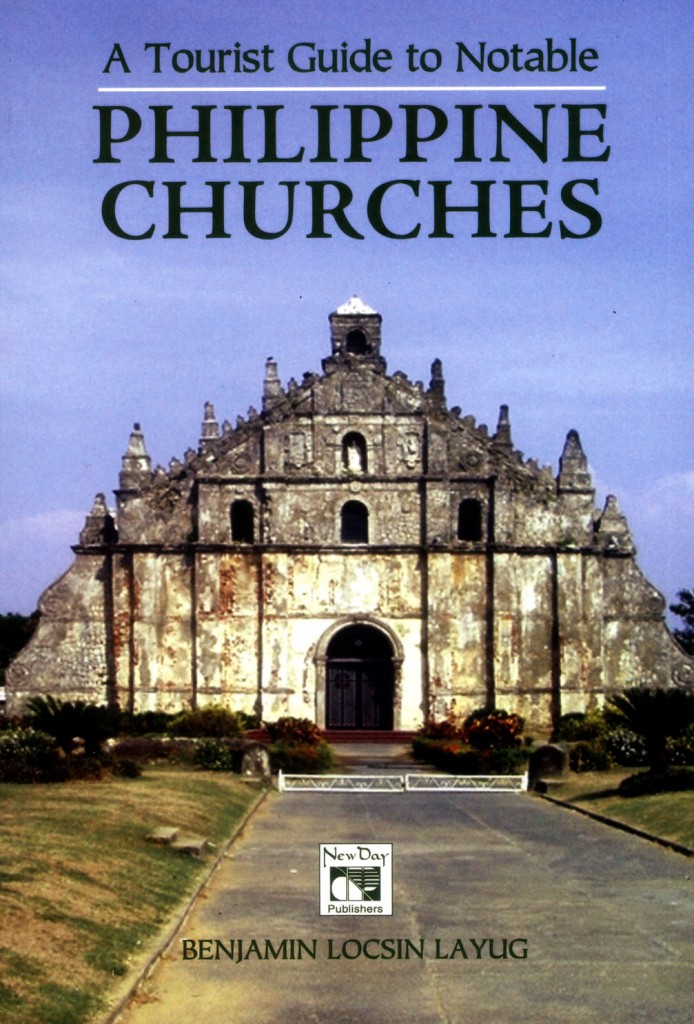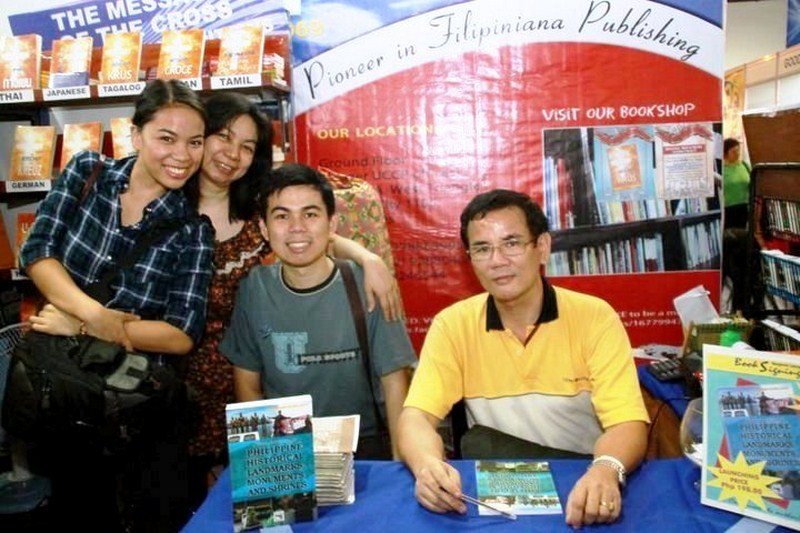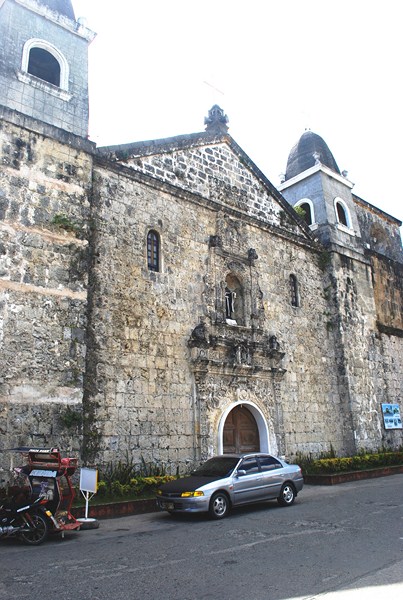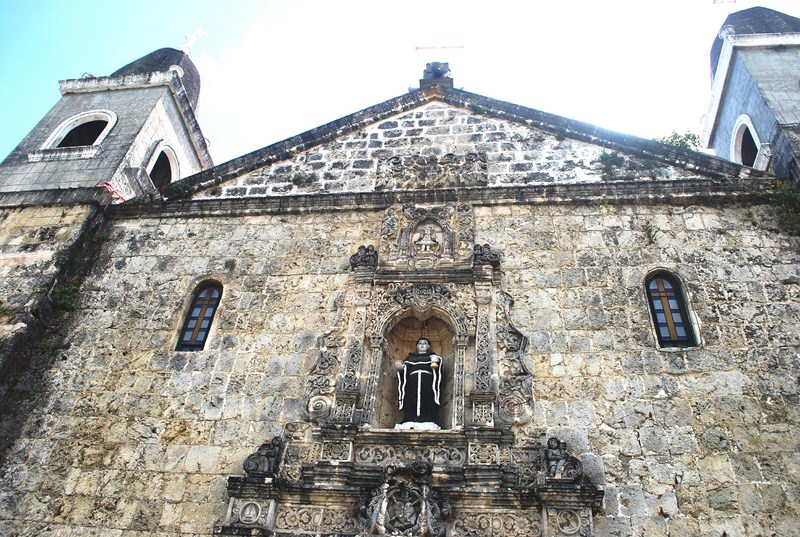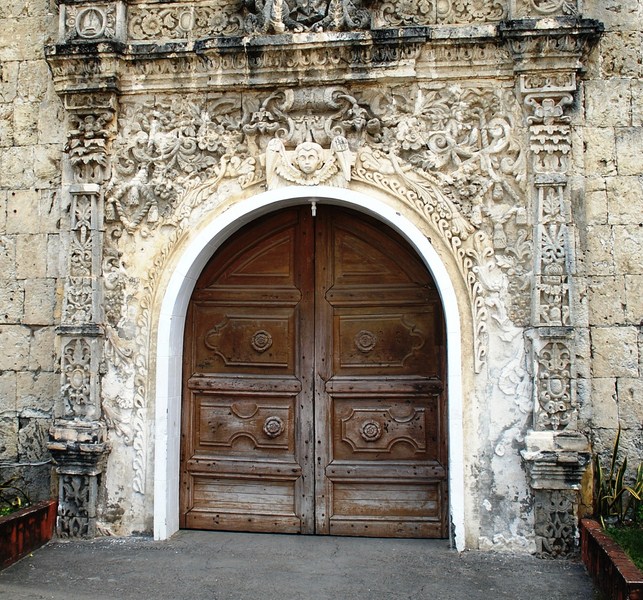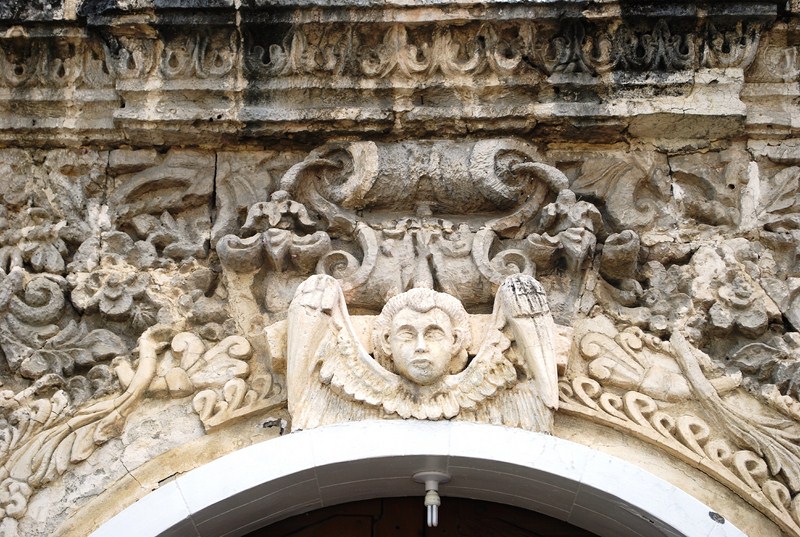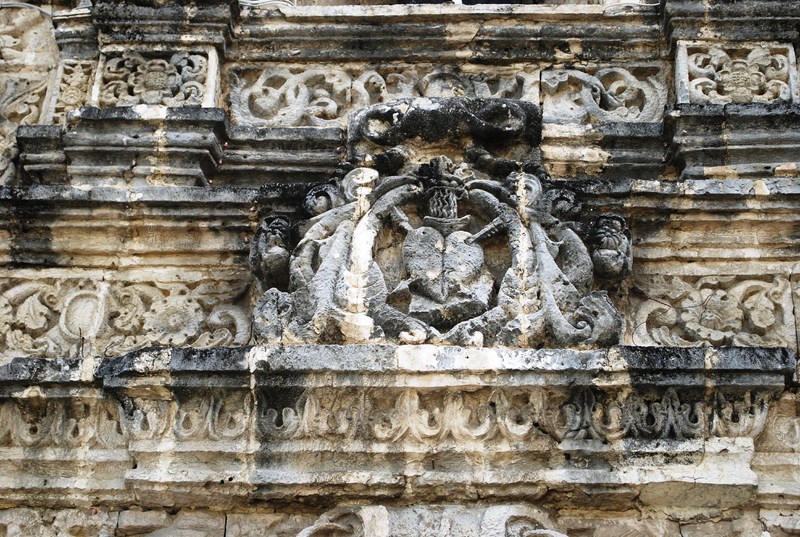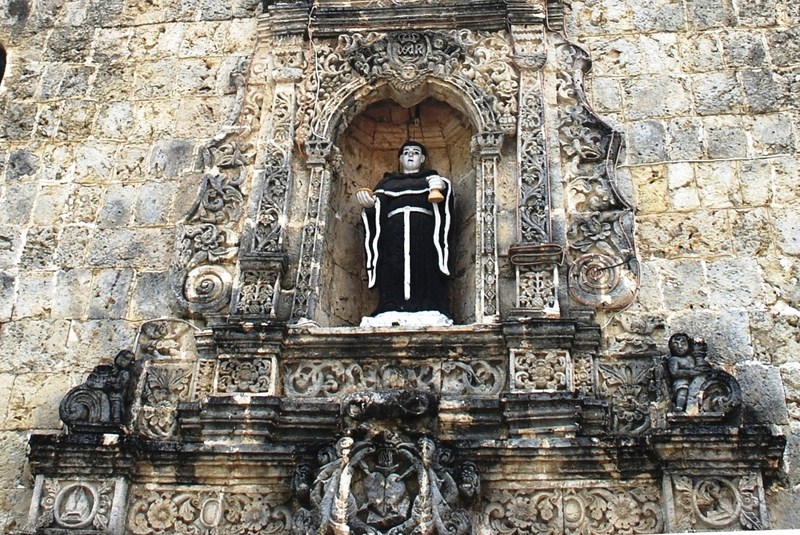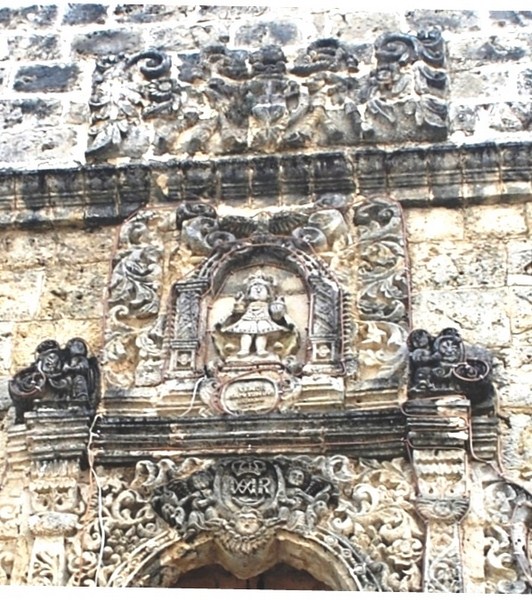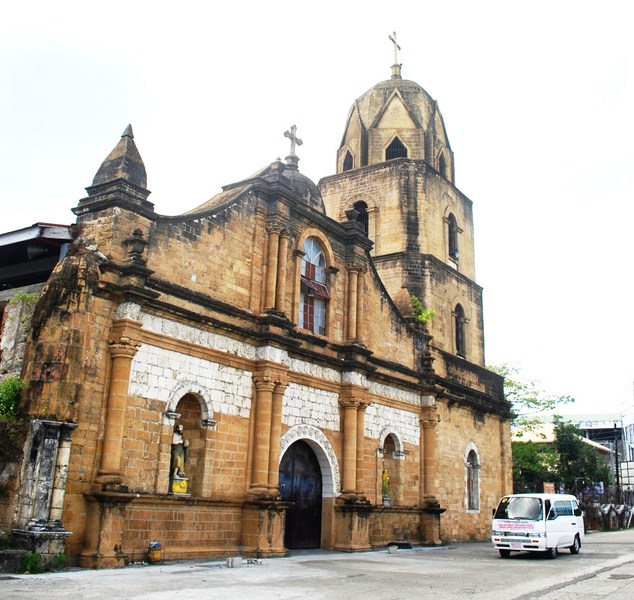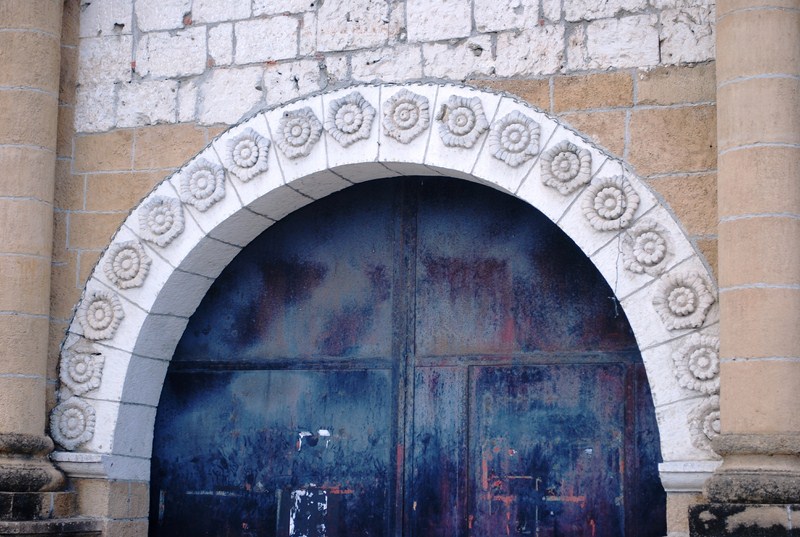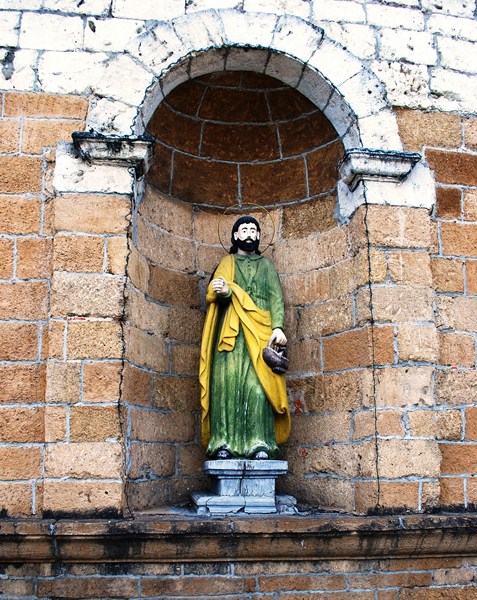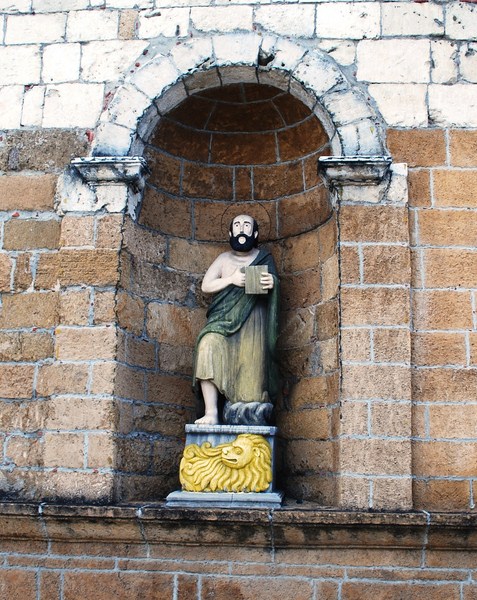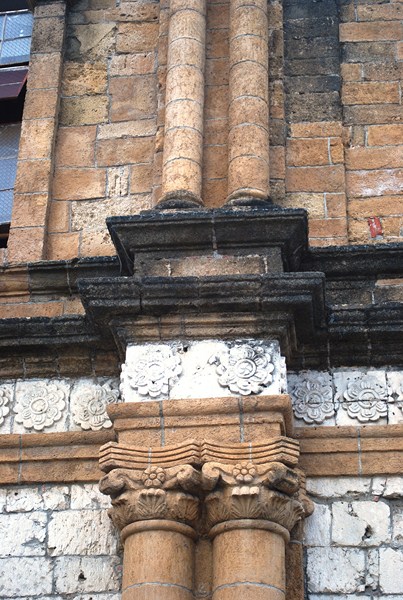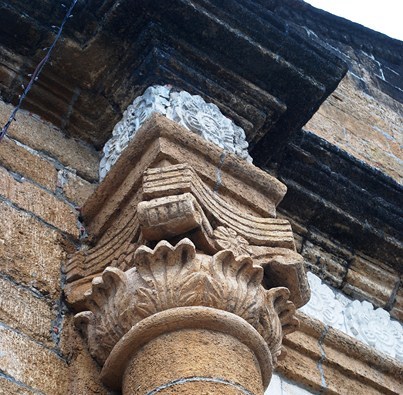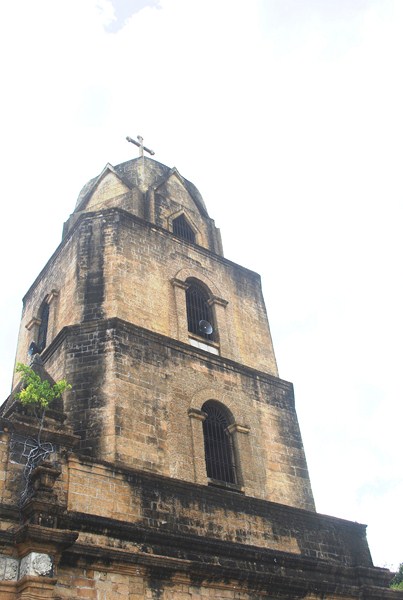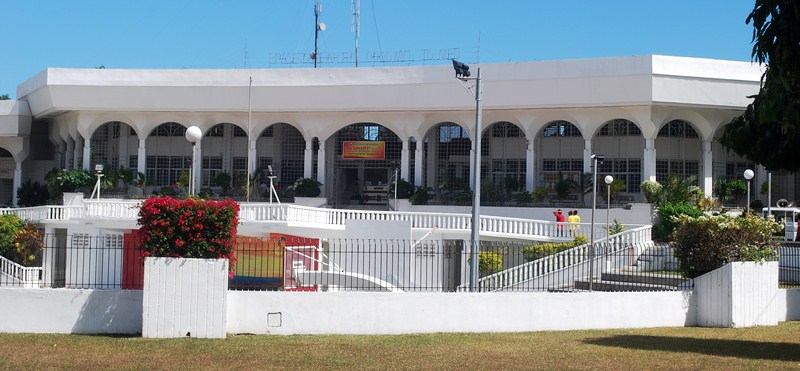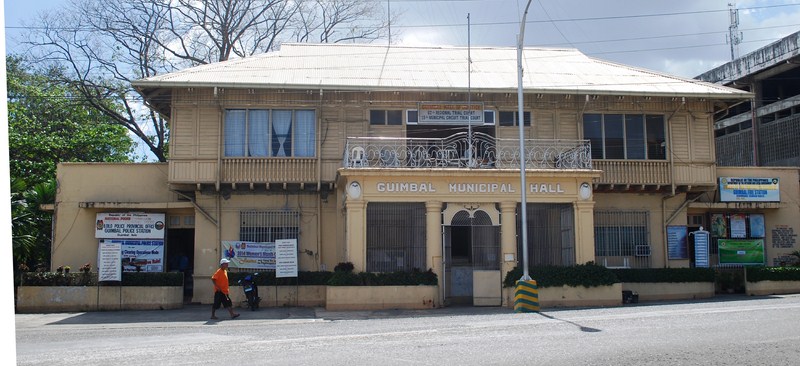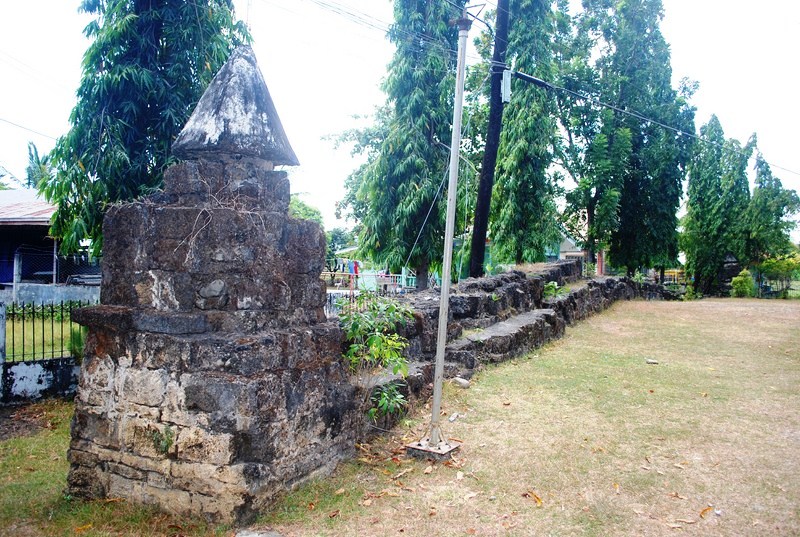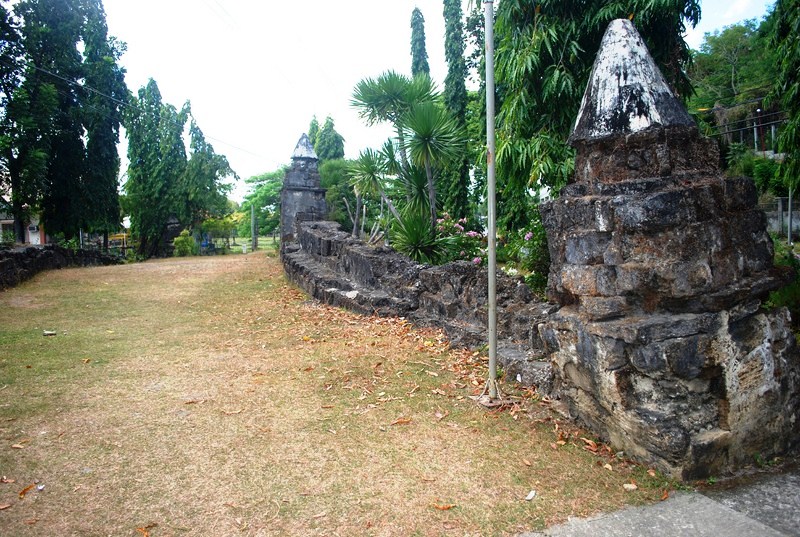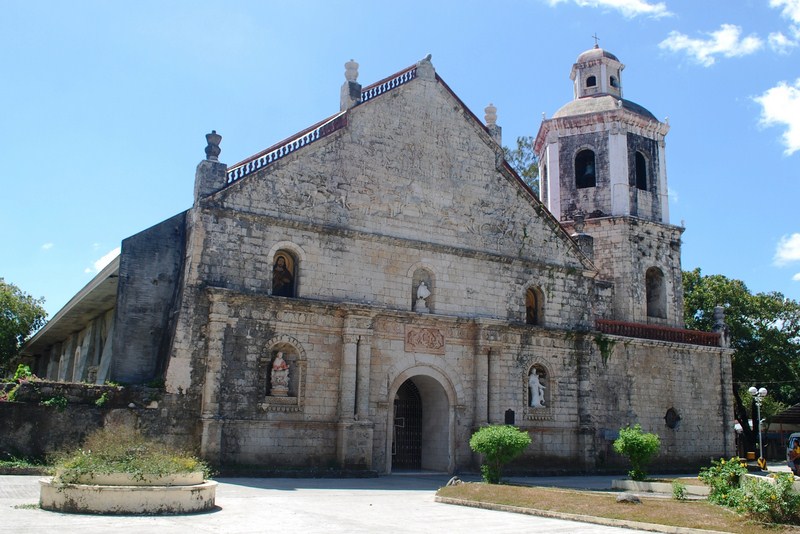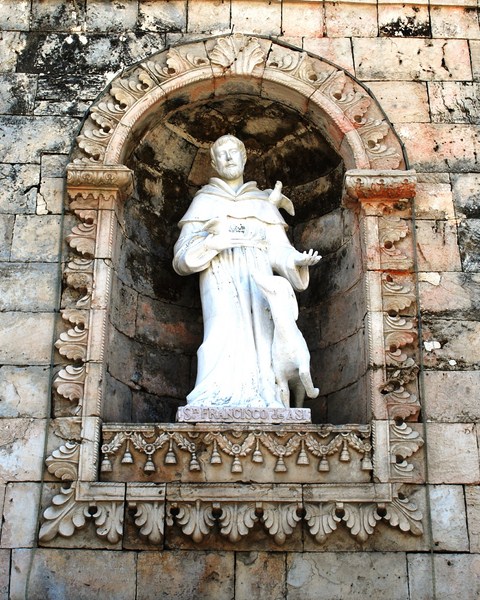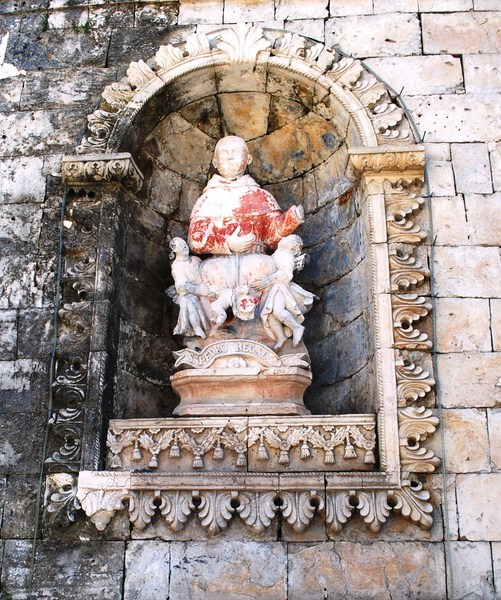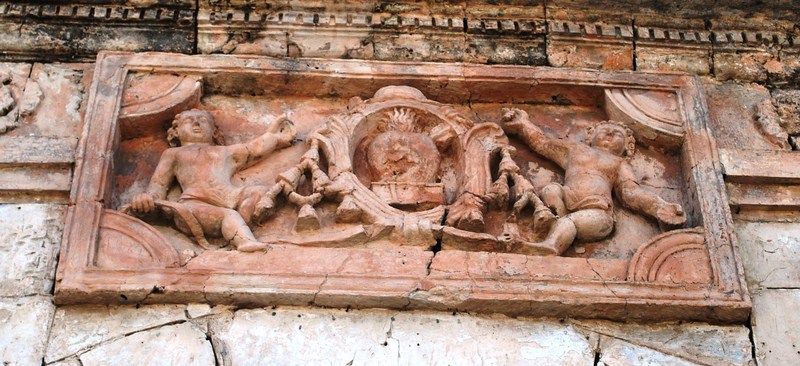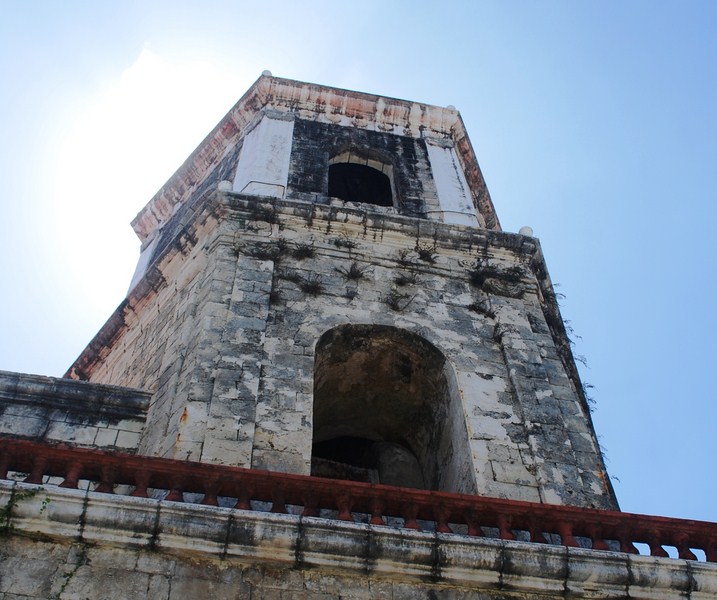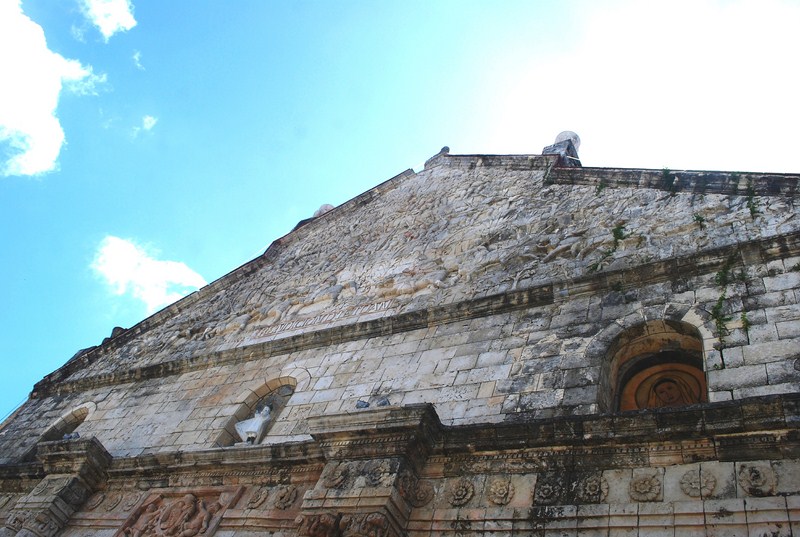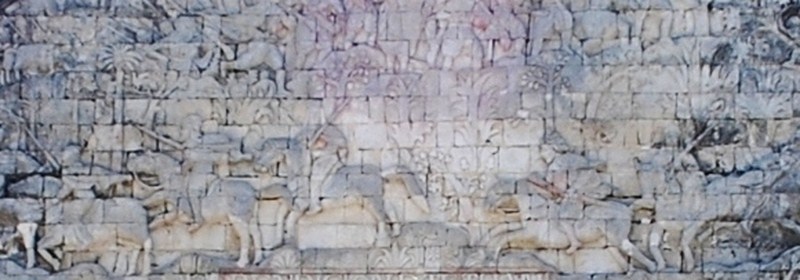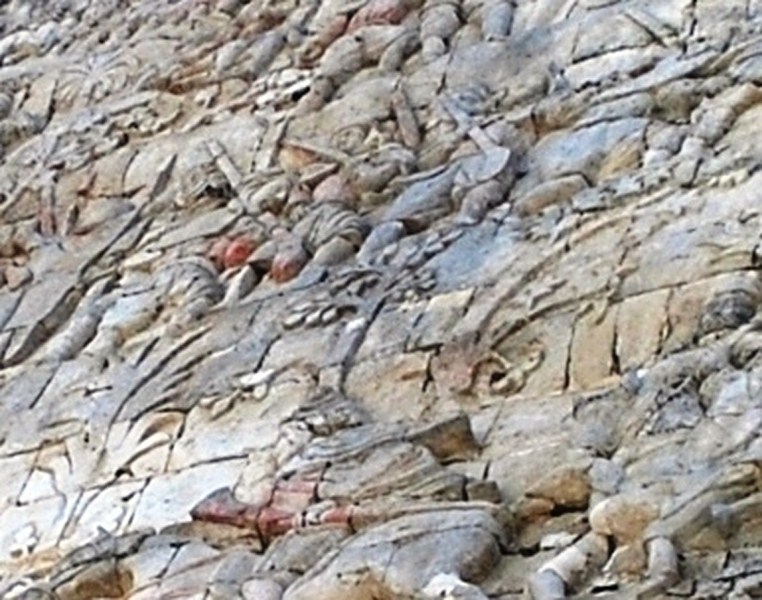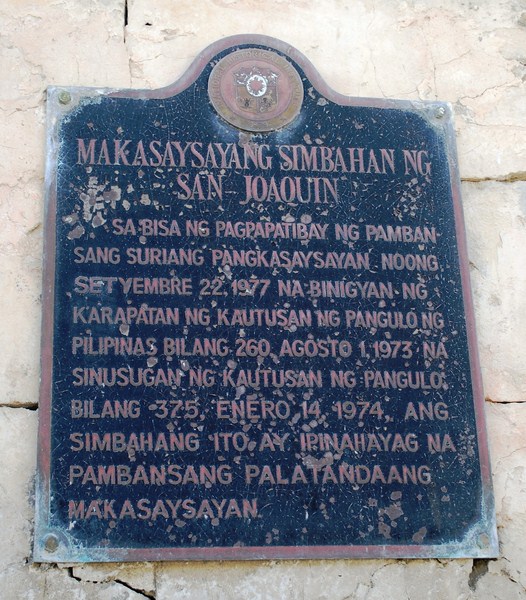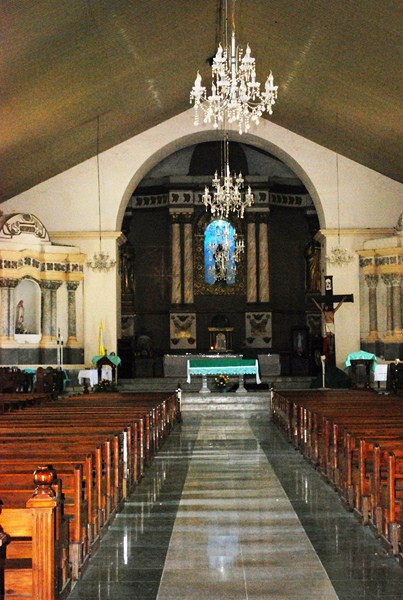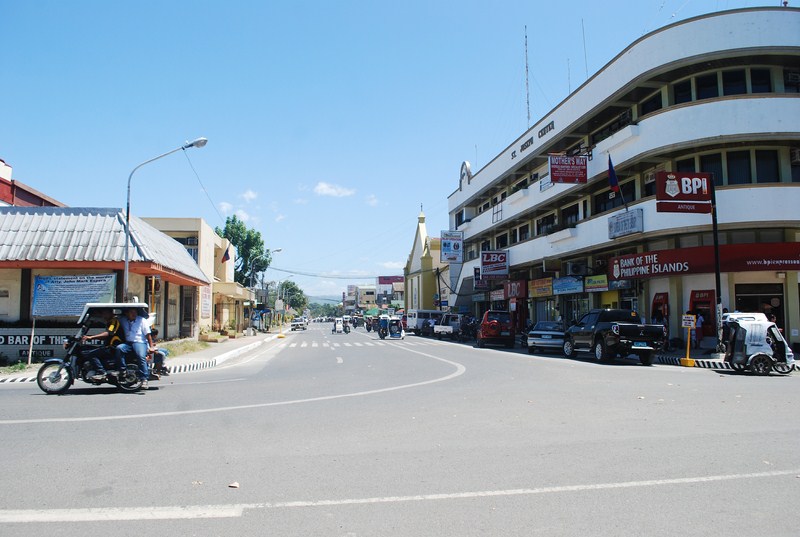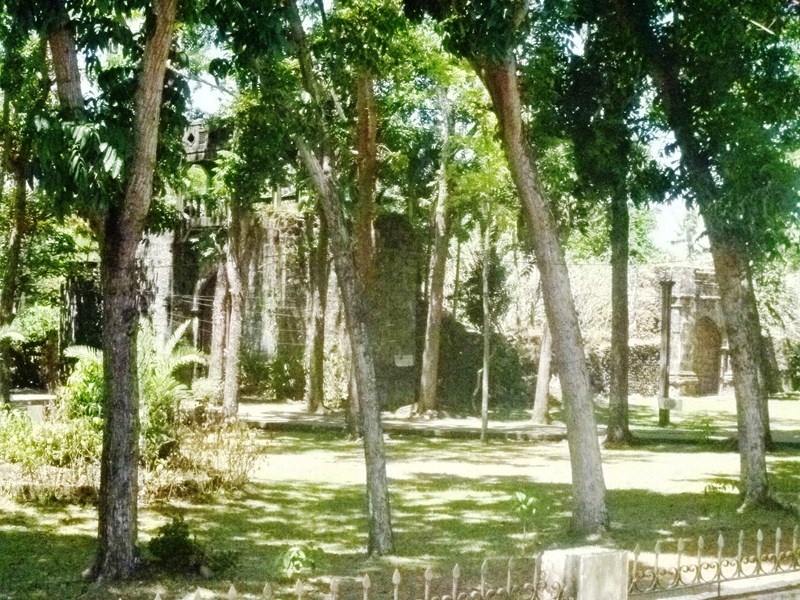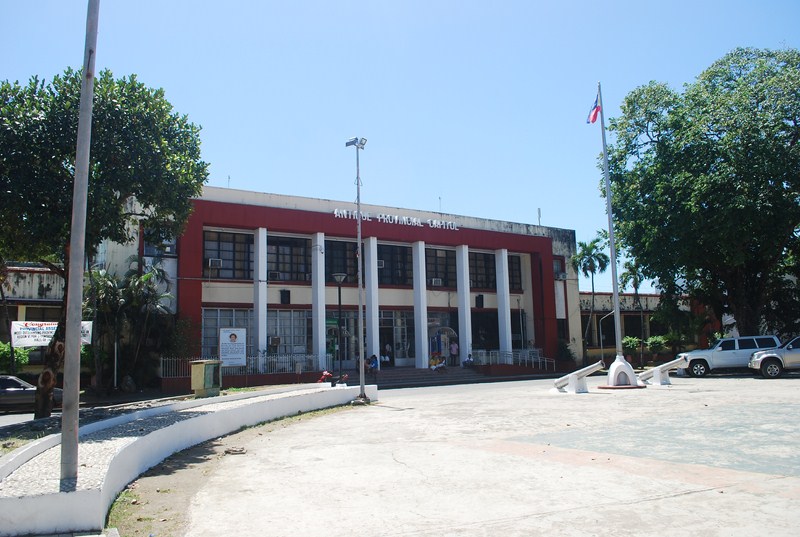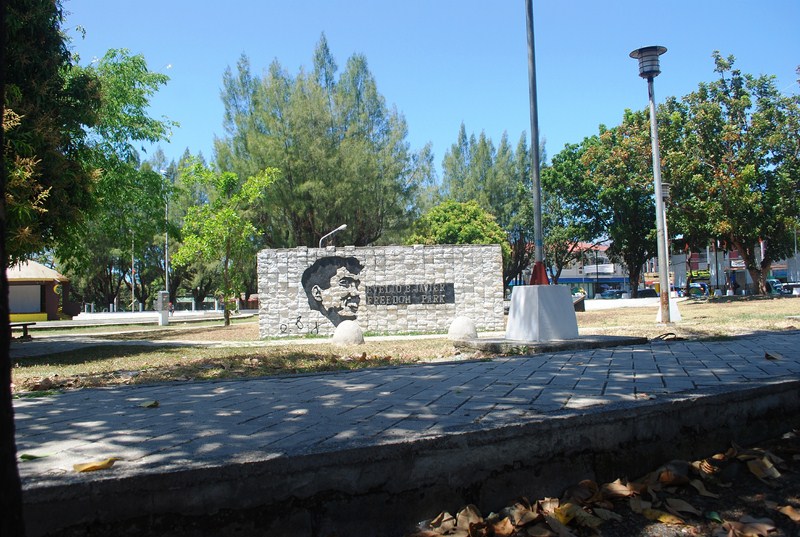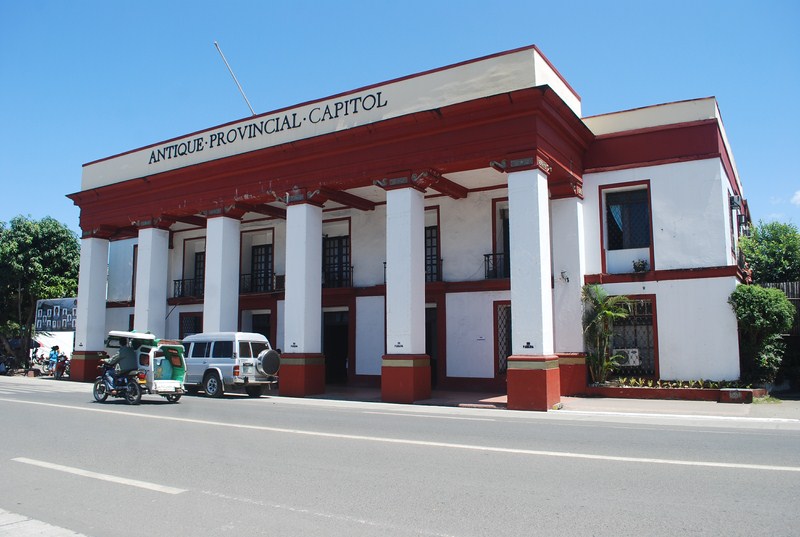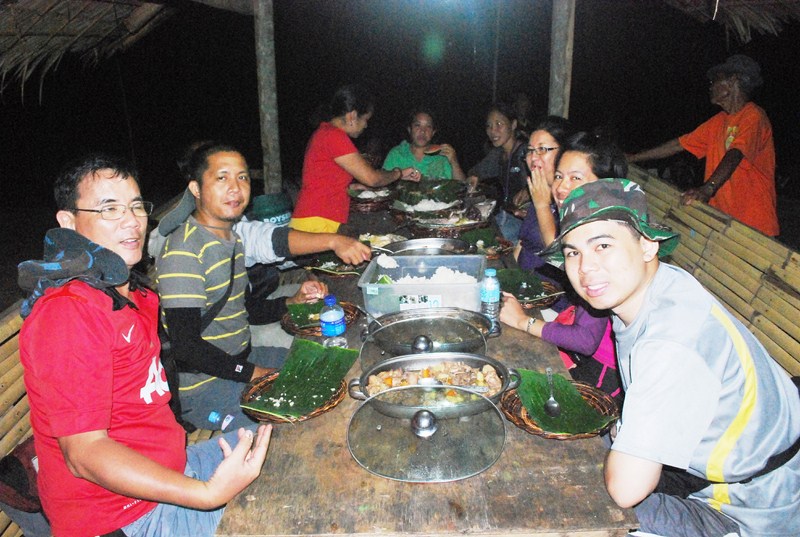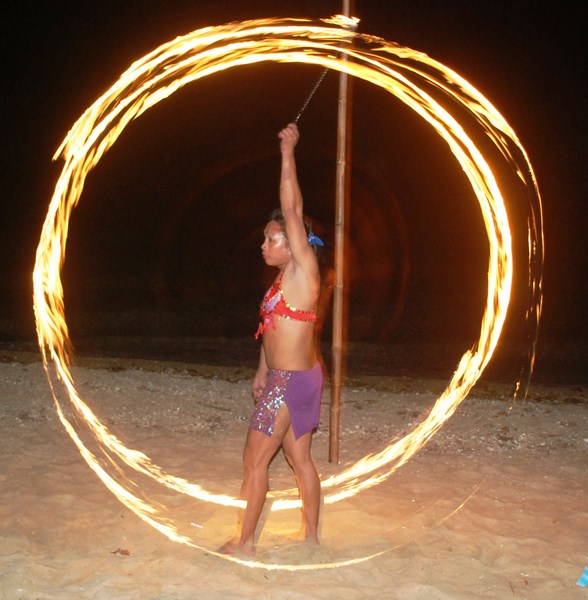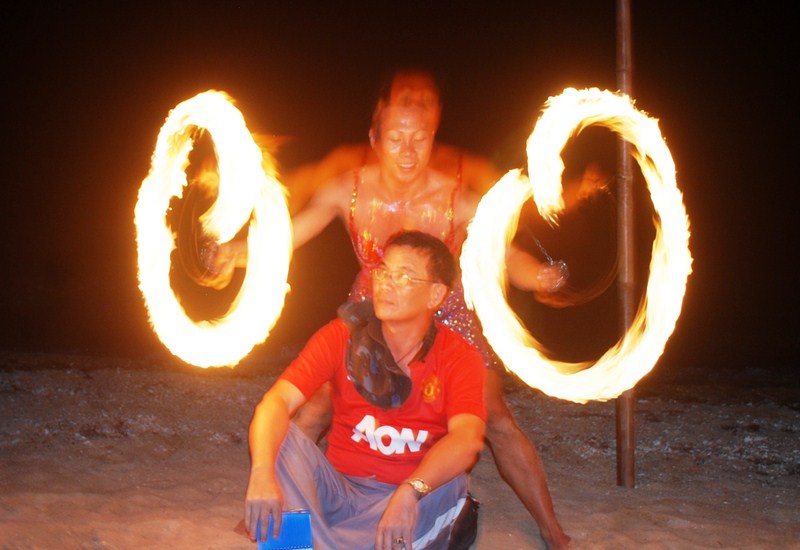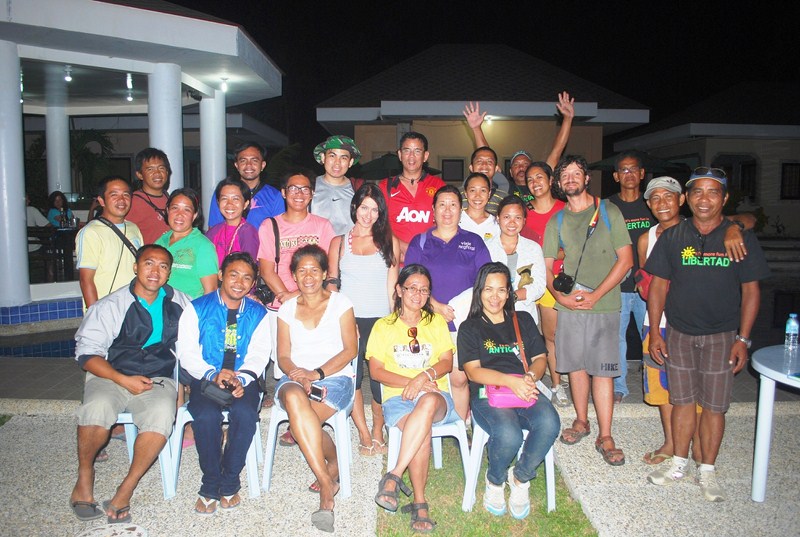After checking out at the Quezon Premier Hotel, Mel, Rannie, Angela, Maichel and I drove out to Ouan’s The Farm Resort, , a popular choice of visitors to Lucena City, whether for business or pleasure, exploring or just passing through. Here, the thrills of a complete family resort are combined with the simple, laid back life on the farm, with its butterfly haven, fish pond, goats, chickens, fruit-bearing trees, lush vegetation and fresh air.
Upon arrival at the reception area, we were welcomed by resort Gen. Manager Ma. Louchiel S. Labay who prepared for us a breakfast of pancit habhab, chicken empanada, fresh buco and pandan juice. Also on hand was travel/tourism consultant Ms. Lurhen T. Cortes, Gen. Manager of Appsline Travel Services & Consultancy, who was to tour us around Pagbilao town.
After breakfast, Lurhen and some of the resort staff toured us around the grounds. The resort has overnight accommodations (standard rooms, suites, dorms) and a number of swimming pools ranging from Olympic size, to free form and kiddie pools. It also has a coffee shop (Grandma’s Kitchen); cozy and spacious conference rooms and function halls; a firing range; tennis court; basketball/volleyball court, camp site; sauna and football field.
Of particular interest to us was their wall climbing, rappelling and zipline facility and everybody proceeded there. My four companions decided to try out all 3 activities while I, with my bum knees, just watched from the sidelines. Louchiel’s daughter also joined them on the single pulley zipline. Once on the other side, they then climbed another tower and zipped back to the starting point. Maichel and Angela also successfully climbed up and rappelled down the climbing wall. Mel only did the latter while Rannie tried and failed on the former.
Back at the reception area and prior to leaving, Louchiel also introduced to us their new product – milkfish (bangus) sardines. These fish are cooked in a pressure cooker so that the bones become so tender they can be eaten.
Louchiel also introduced us to her father, retired PNP Chief (during the Ramos administration) Dir.-Gen. Recaredo A. Sarmiento II (PMA Class 1966), who is from Buenavista in Marinduque. His father and namesake was Buenavista’s longest serving mayor. A proponent of modern farming, he was once a provincial agriculture program consultant in Marinduque. Back at the farm, he tends to his tree plantation, notably his duku and longkong lanzones trees.
Ouan’s The Farm Resort: Km 133 Diversion Road, Kanlurang Mayao, Lucena City 4301, Quezon. Tel: (042) 710-4552 and (042) 373-4728. Mobile numbers: (0923) 744-4181 and (0923) 749-4333. E-mail: ouansfarm@yahoo.com. Website: www.ouansthefarmresort.com.
Appsline Travel Services and Consultancy: Phase 2, Krisanta Village, Brgy. Bukal, Maharlika Village, Pagbilao, Quezon. Tel: (042) 716-0067. Mobile number: (0922) 633-0363 (Ms. Lurhen T. Cortes). E-mail: yvette_24@yahoo.com andappsline0305@gmail.com.

